In the realm of logistics and transportation, semi-trailers play a pivotal role. Not only do they facilitate the movement of goods across vast distances, but their specifications, particularly width, are critical for compliance with legal regulations and operational efficiency.
What Is the Standard Width of a Semi-Trailer?
The standard width of most semi-trailers in the United States is 8.5 feet (102 inches). This specification is vital for several reasons, including safety, aerodynamics, and compliance with Department of Transportation (DOT) regulations. In other countries, dimensions may vary slightly, but 8.5 feet remains a common standard in North America.
Table: Semi-Trailer Width Standards by Region
| Region | Standard Width |
|---|---|
| United States | 8.5 feet (102 in) |
| Canada | 8.5 feet (102 in) |
| European Union | 2.55 meters (100 in) |
| Australia | 2.5 meters (98.4 in) |
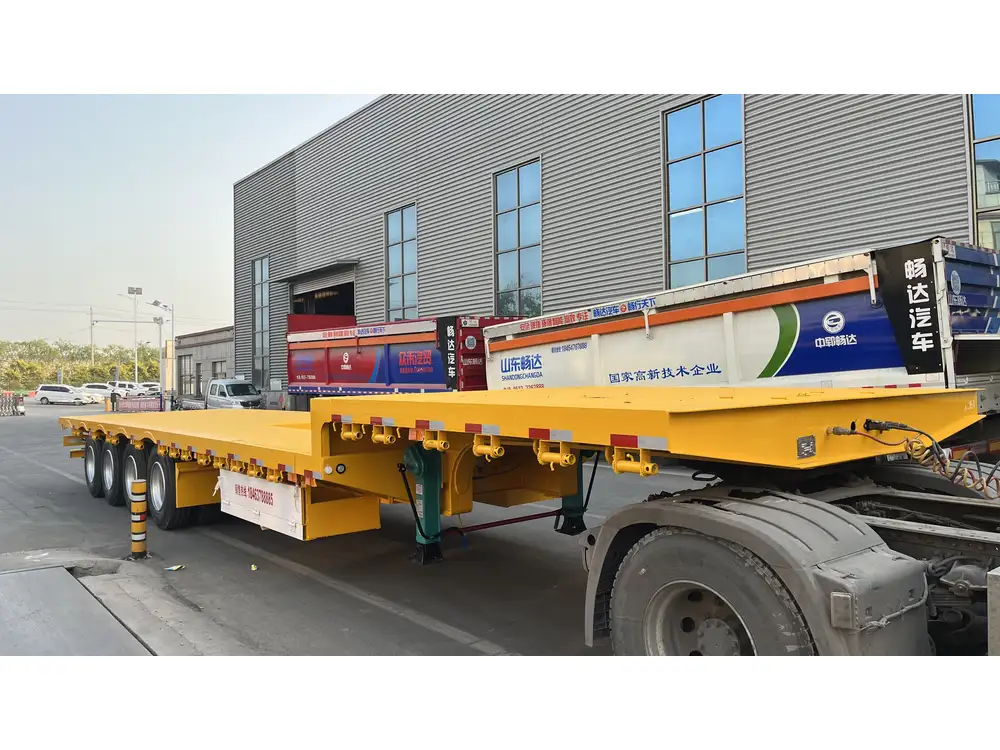
Understanding Width Variations
While 8.5 feet is the baseline for many semi-trailers, the actual width can vary based on the type of trailer and its specific design purpose.
Common Types of Semi-Trailers and Their Widths
Flatbed Trailers: Generally adhere to the standard width of 8.5 feet. Their openness allows for diverse freight configurations but requires careful loading to maintain balance.
Refrigerated Trailers (Reefers): Usually maintain the 8.5-foot width. These trailers have added insulation and refrigeration units, which do not affect the overall width.
Dry Vans: Like flatbeds, dry vans typically remain standard at 8.5 feet; however, custom designs might lead to slight variations.
Specialty Trailers: Includes lowboys, step-decks, and oversized vehicles, which may exceed the standard width limits to accommodate specific cargo, often requiring special permits for transport.
Related Regulations
Understanding width standards is not purely about trailer design; it’s also about regulations. Each state has its specific laws governing road usage and vehicle dimensions to ensure safety and logistical efficiency.
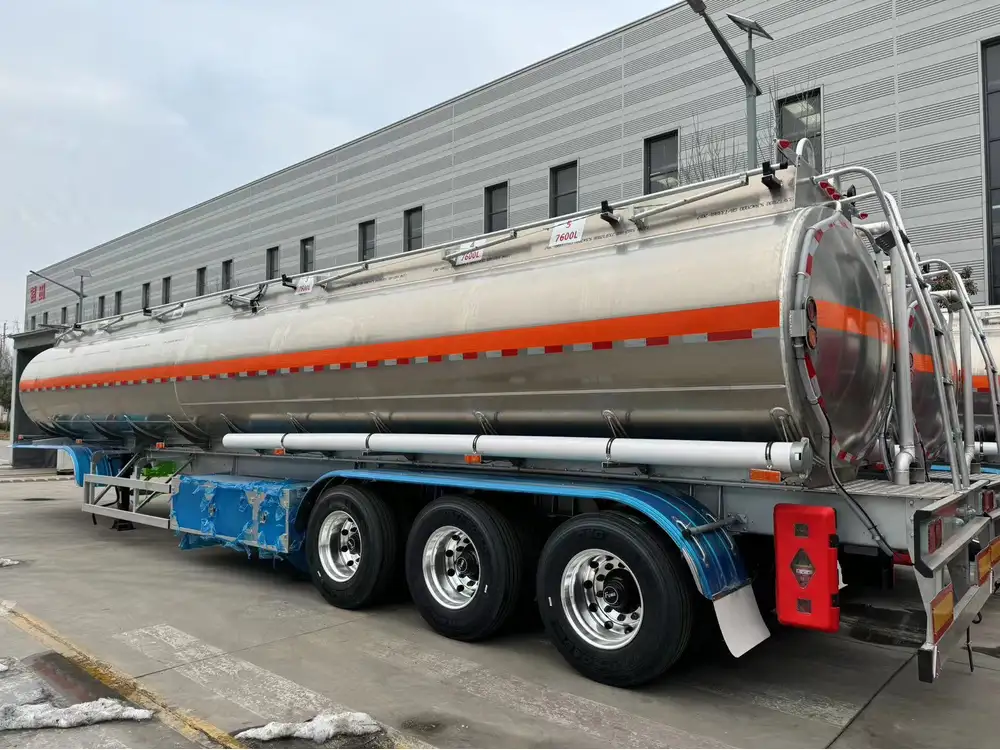
Key Considerations:
State Regulations: Certain states have different allowances for trailer widths. Knowing state-specific regulations is crucial for logistics managers and drivers.
Transporting Oversized Loads: When dimensions exceed legal limits, drivers must acquire permits that ensure compliance with local laws. Typically, loads wider than the standard 8.5 feet may pull additional fees and mandates for escort vehicles.
Importance of Trailer Width in Transportation Logistics
Understanding the implications of a semi-trailer’s width extends beyond mere numbers. Here are some essential considerations:
1. Road Compatibility and Safety
Wider trailers may encounter difficulties when navigating narrow roads or bridges, potentially leading to accidents or delays. Compliance with standard widths ensures safer travel in diverse conditions.
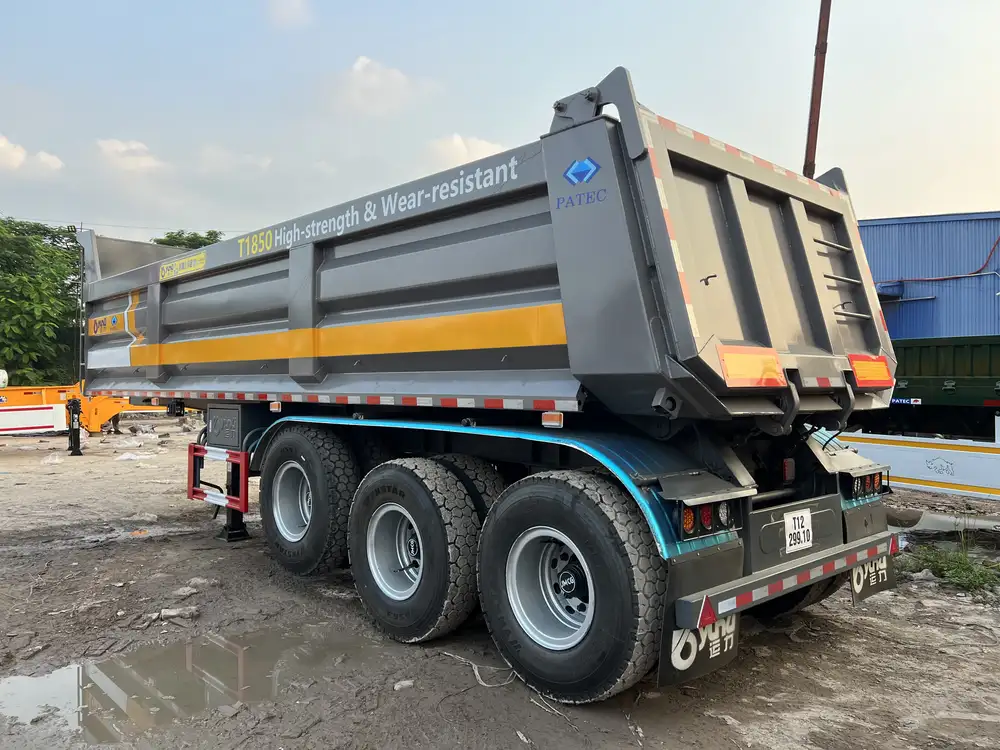
Safety Tips for Wide Loads:
- Utilize escort vehicles to warn other drivers.
- Plan routes in advance to avoid restricted areas.
- Ensure load stability, especially for wider cargo.
2. Load Capacity and Economics
While width ensures safety compatibility, it also directly affects load capacity and transportation costs. A wider trailer can carry more cargo, potentially maximizing revenue on a per-trip basis.
Load Considerations:
- Maximize load distribution: Ensure that the load is evenly distributed across the width to prevent tip-over incidents.
- Evaluate payload limits: Knowing how much weight can be legally transported while maintaining safety is essential.

3. Impact on Fuel Efficiency
Aerodynamic design is closely linked to a semi-trailer’s width. A wider trailer may induce higher air resistance, potentially leading to increased fuel consumption. Balancing width and cargo load with an efficient design can yield cost savings.
Innovations in Semi-Trailer Design
Recent advancements in transportation technology have prompted a re-evaluation of semi-trailer design. Innovations aim to enhance operational efficiency while adhering to legal width restrictions.
Airflow Management
Designers and manufacturers are now incorporating features that optimize airflow around these large vehicles:
- Streamlined Profiles: Incorporating technology to streamline trailers can reduce drag.
- Side Skirts and Tail Fairings: Adding aerodynamic components can significantly improve fuel efficiency by minimizing turbulence.
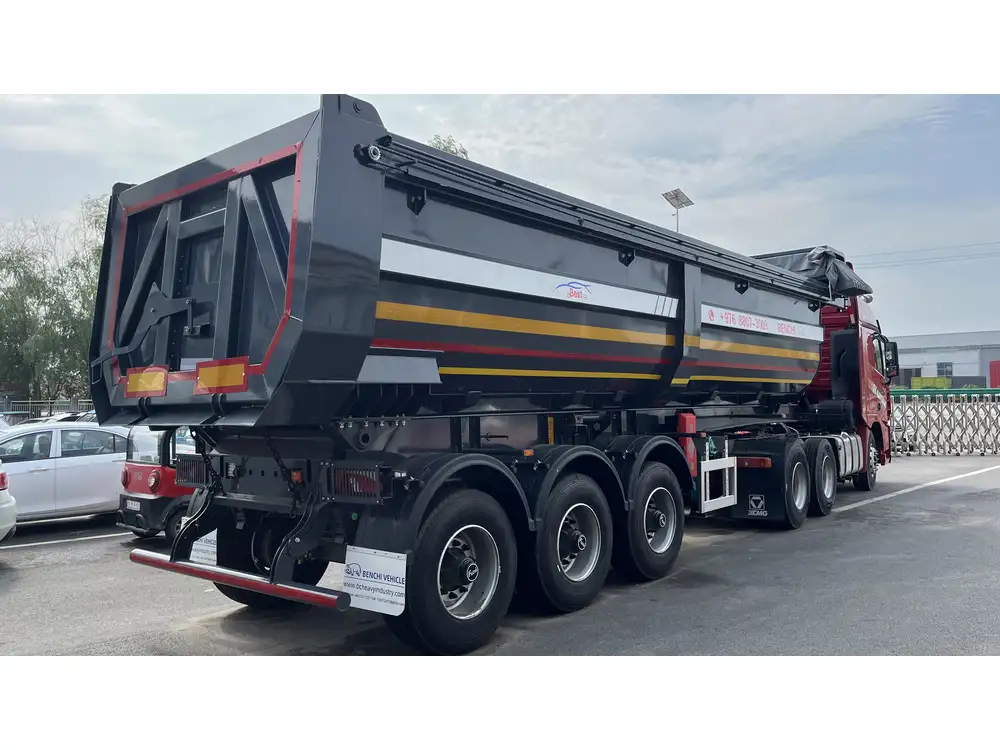
Advanced Materials
Utilizing lighter, yet durable materials can allow manufacturers to maintain structural integrity while reducing overall weight and potentially enabling larger load capacities without exceeding width limits.
Conclusion
While the standard width of semi-trailers is established at 8.5 feet, understanding the broader context of this measurement is paramount in the transportation industry. From compliance with regulations to economic implications and technological innovations, every aspect interlinks to shape our approach to logistics and freight management.
Driving knowledge forward means equipping decision-makers with the information necessary to optimize their operations. Embracing this knowledge will enhance productivity while navigating the complex landscape of transportation legalization and safety.
Frequently Asked Questions
Q1: How wide can a semi-trailer be?
The maximum width without a permit in most regions is 8.5 feet (102 inches). However, specific permits can allow for wider loads based on the state regulations.
Q2: Are there benefits to wider semi-trailers?
Yes, wider trailers can carry more cargo; however, they tend to face additional challenges regarding navigating tight spaces and may require additional permits.
Q3: How do I know if a trailer is compliant?
It’s crucial to check with local regulations, which vary by state and may dictate specific dimensions and any exceptions for oversized loads.
Q4: What are the risks of transporting oversized loads?
Transporting oversized loads can involve risks such as higher fees, the need for escort vehicles, and increased potential for accidents, especially in narrower or congested areas.
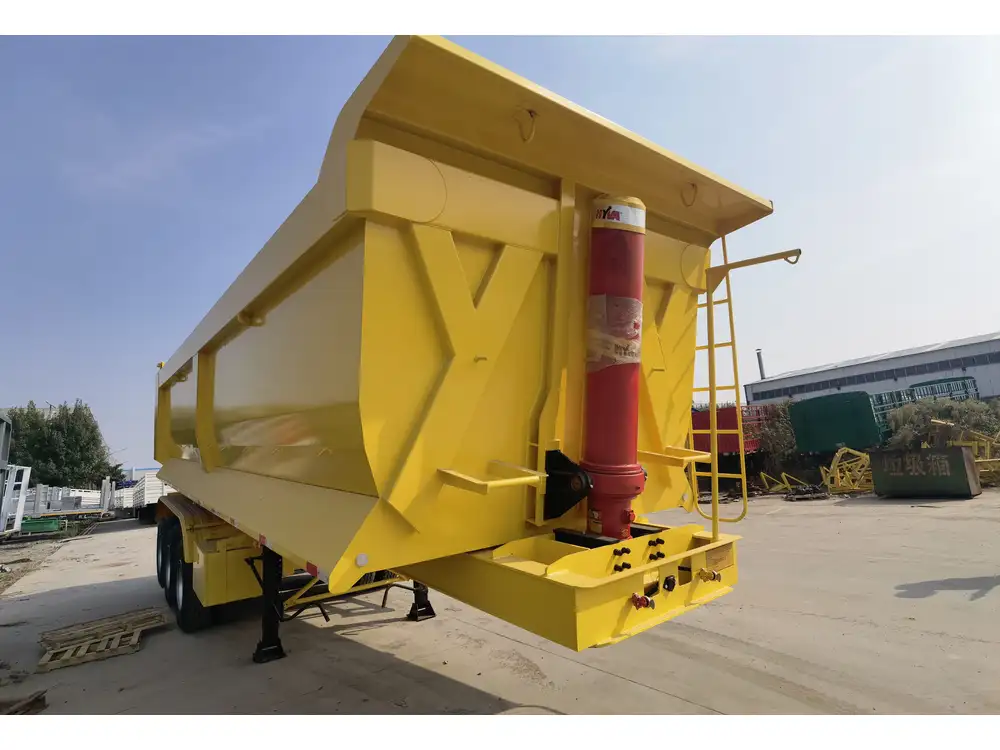
Additional Resources
- For more information on semi-trailer options and specifications, please explore the Department of Transportation.
- For advice on load management and logistics efficiency, consult industry-leading resources like the American Trucking Associations.
By understanding the full scope surrounding the width of semi-trailers, businesses can not only comply with regulations but also optimize their transport strategies effectively. Proper planning, adherence to guidelines, and openness to innovation mark the way forward in the ever-evolving transportation landscape.



